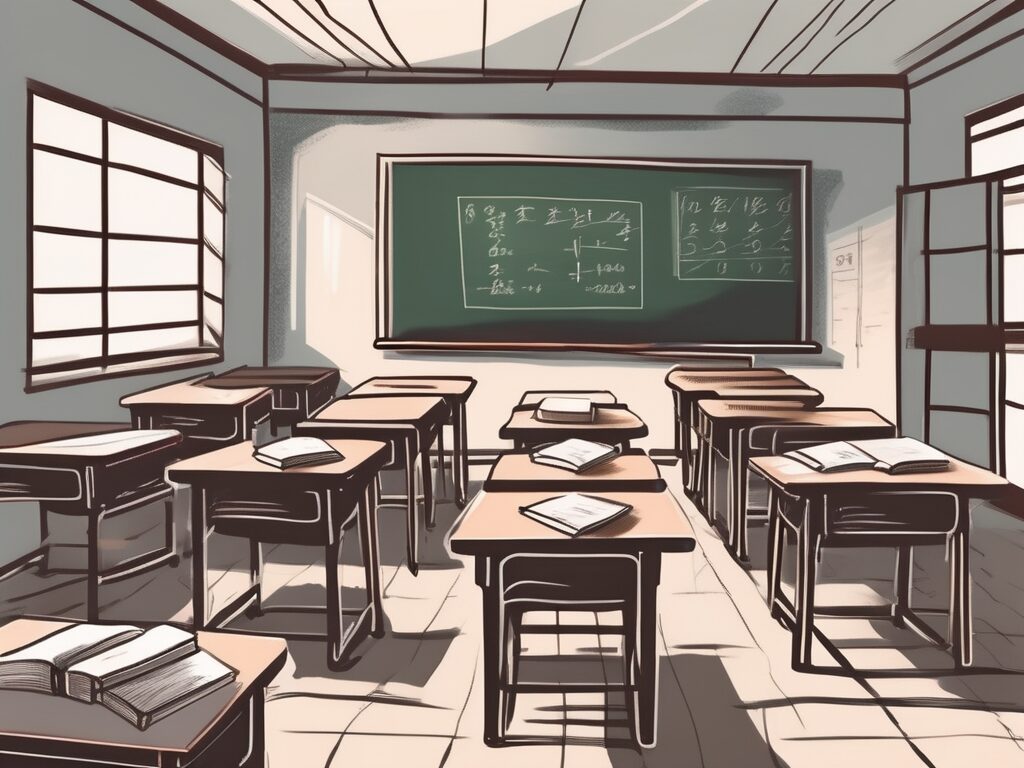The literacy rate in any country is a critical indicator of its educational health. In China, a country with a rich history and a rapidly expanding economy, the literacy rate is a topic of much discussion. Despite considerable progress in recent years, there are still areas where literacy rates lag behind, particularly among IQTS (International Qualified Teacher Status) teachers. This article delves into six reasons why this might be the case.
1. Language Barriers
One of the most significant challenges for IQTS teachers in China is the language barrier. While English is a mandatory subject in Chinese schools, the level of proficiency varies widely. This can make it difficult for IQTS teachers, who are often native English speakers, to effectively communicate with their students.
Moreover, the Chinese language itself, with its complex characters and tonal nature, can be a daunting prospect for foreign teachers. This can lead to a lack of confidence in their ability to teach effectively, which in turn can impact the literacy rates among their students.
2. Cultural Differences
Cultural differences can also play a significant role in the low literacy rates among IQTS teachers in China. The Chinese education system is vastly different from Western systems, with a strong emphasis on rote learning and memorisation. This can be a challenging adjustment for IQTS teachers, who may be more accustomed to a more interactive and discussion-based teaching style.
Moreover, cultural norms and expectations can also impact the way teachers and students interact. For example, in China, it is common for students to show respect by listening quietly, which can be misinterpreted by foreign teachers as a lack of engagement or understanding.
3. Lack of Resources
A lack of resources can also contribute to low literacy rates. This can range from a lack of physical resources, such as books and teaching materials, to a lack of training and support for teachers. This can make it difficult for teachers to plan and deliver effective lessons, which can in turn impact student literacy rates.
Moreover, in rural areas of China, resources can be even scarcer. This can lead to a significant disparity in literacy rates between urban and rural areas, with rural areas often lagging behind.
4. Large Class Sizes
Large class sizes can also be a significant challenge for IQTS teachers in China. With classes often exceeding 50 students, it can be difficult for teachers to give each student the individual attention they need to develop their literacy skills. This can lead to students falling behind, particularly those who may need extra support.
Moreover, large class sizes can also make it difficult for teachers to manage behaviour and maintain a positive learning environment. This can further impact student engagement and learning outcomes.
5. High Pressure and Expectations
The high pressure and expectations placed on students in China can also contribute to low literacy rates. Students are often expected to achieve high grades and excel in exams, which can lead to a focus on memorisation rather than understanding. This can hinder the development of critical literacy skills, such as comprehension and critical thinking.
Moreover, this high-pressure environment can also lead to stress and anxiety among students, which can further impact their ability to learn and retain information.
6. Lack of Parental Involvement
Finally, a lack of parental involvement can also contribute to low literacy rates. In many cases, parents may not have the time or resources to support their child’s learning at home. This can make it difficult for students to consolidate what they have learned in school, which can impact their literacy development.
Moreover, in some cases, parents may not have the literacy skills themselves to support their child’s learning. This can create a cycle of low literacy that can be difficult to break.
In conclusion, there are a variety of factors that can contribute to low literacy rates among IQTS teachers in China. By understanding these challenges, we can begin to develop strategies and solutions to improve literacy rates and ensure that all students have the opportunity to succeed.
Empower Your Teaching Career with iQTS at UWE
Understanding the challenges that contribute to low literacy rates among IQTS teachers is just the first step. Take action to elevate your teaching credentials and impact literacy development more effectively with The IQTS at UWE. Our International Qualified Teacher Status (iQTS) programme is specifically designed to enhance professional development, offering a Level 7 qualification that not only increases your chances of securing interviews but also propels your career forward with higher promotion rates and salary boosts. Join a thriving community of educators, gain a deeper understanding of global education systems, and balance your professional growth with your current commitments through our flexible online study options. Make Your Next Step towards a more literate and successful teaching future with iQTS at UWE.

